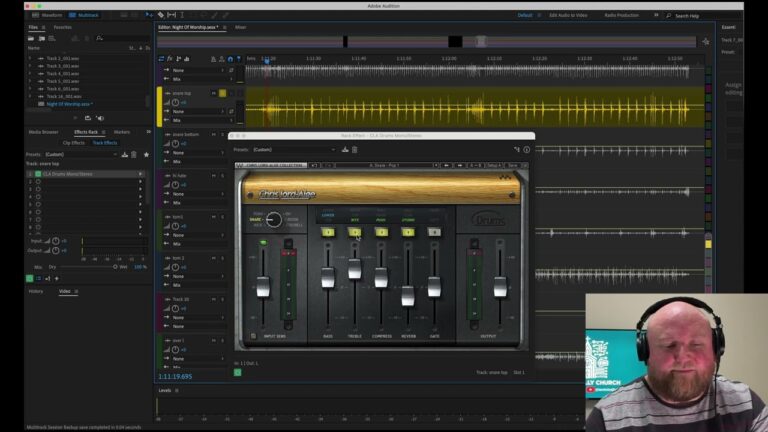Routing Buses to P16 Monitors with Behringer Wing Explained
Efficient Monitoring: Routing Buses from Behringer Wing to P16 Monitors
Introduction
In live sound engineering, managing numerous input channels and ensuring each performer receives a tailored audio mix can be a challenge. This article explains how to effectively send a bus from the Behringer Wing digital mixer to a P16 personal monitoring system, a technique especially useful when dealing with more than 16 input channels.
The Challenge of Limited Channels
With the P16 personal monitor limited to 16 channels, sound engineers often face the challenge of managing setups that exceed this channel count. For instance, accommodating all vocalists, a full band, and a comprehensive drum kit with multiple microphones can be tricky.
Creating Group Channels
The solution lies in grouping certain inputs together. For example, all drum mics can be grouped into one channel on the P16. This is achieved by using a bus on the Behringer Wing. In this scenario, we label Channel 13 on the P16 as our drum mix, effectively consolidating several drum mic inputs into one channel.
Setting Up the Bus
On the Behringer Wing, you can access 16 buses. Select a bus (like Bus 11 for the drum mix) and name it appropriately. Using the ‘sends on fader’ feature, you can mix what is included in this bus. It’s crucial to ensure these channels are pre-fader, so adjustments in the house mix don’t affect the drum mix sent to the P16.
Routing the Bus to P16
Once the bus is set up with the desired mix, the next step is to route it to the P16. On the Wing, go to ‘Routing’ and then ‘Outputs’, selecting the AES50 A output group. The outputs for the P16 correspond to channels 33 through 48 of the Ultranet port. For example, output 45 on the Wing corresponds to channel 13 on the P16. Select Bus 11 (our drum mix) in the source group and route it to the appropriate channel on the P16.
Conclusion
By understanding and utilizing the bus routing capabilities of the Behringer Wing, sound engineers can efficiently manage multiple inputs and provide personalized monitor mixes to performers, even when dealing with a high number of channels. This technique enhances the live sound experience for both performers and engineers.





